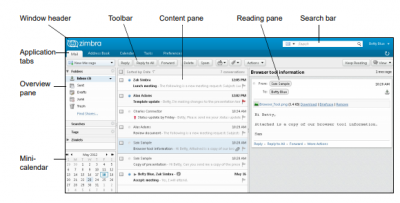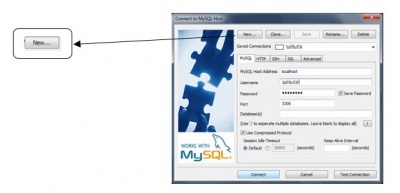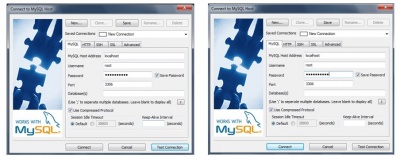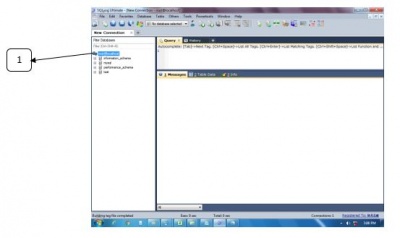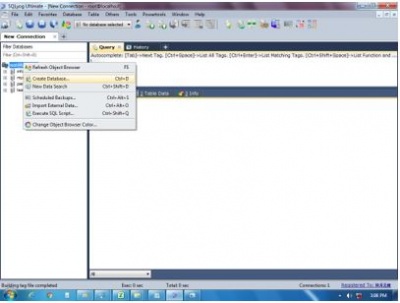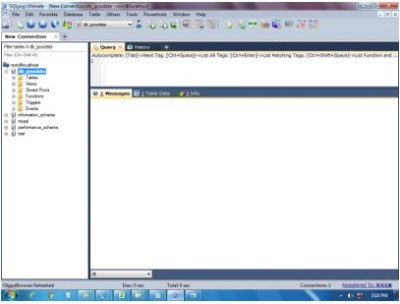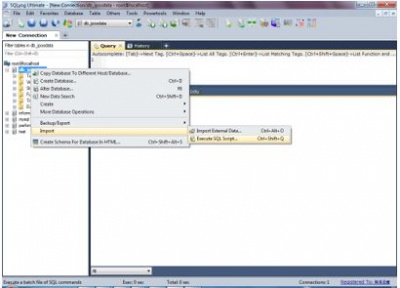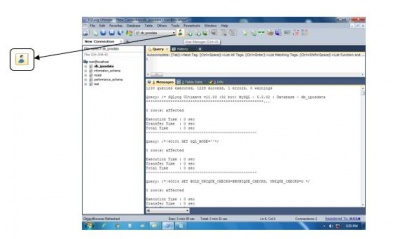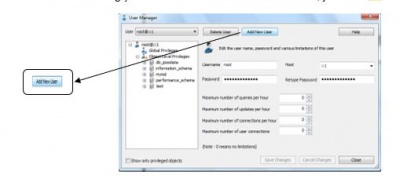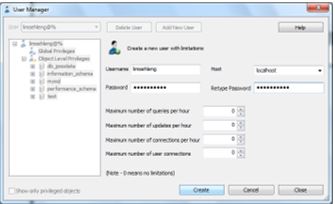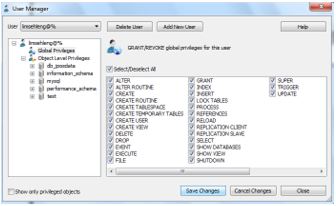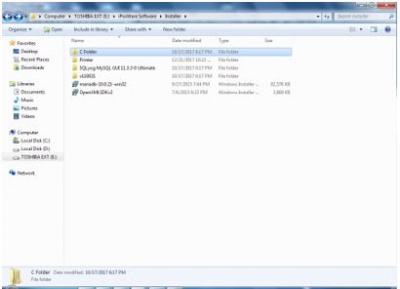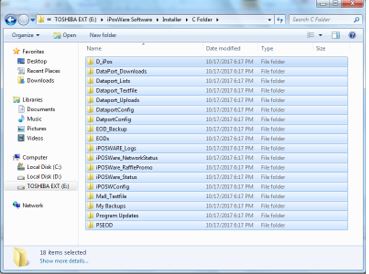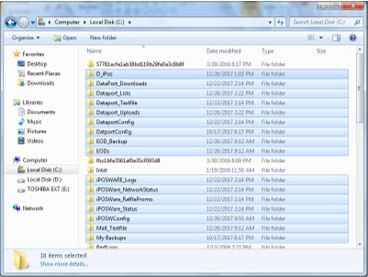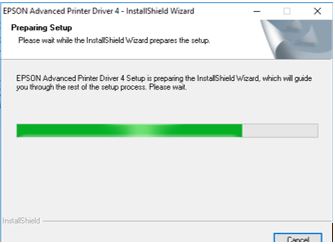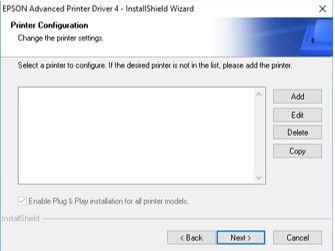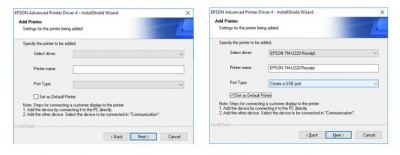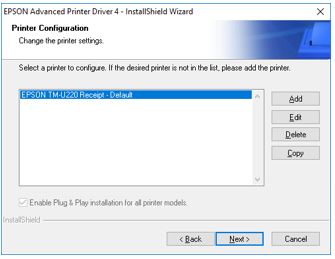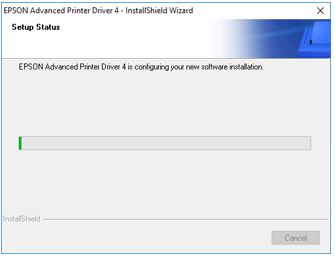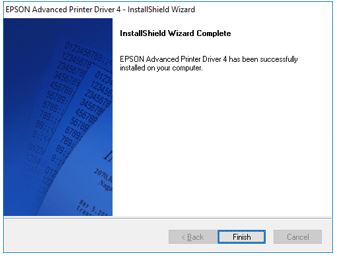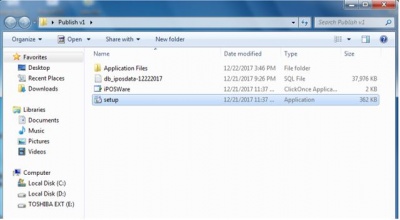POS USER'S MANUAL
* POS INSTALLATION *
* Step 1: Install Maria DB on your PC.
Figure 1. Installing the MariaDB installer.
On figure 1 you will see the installer for iPosWare. Click the installer named mariadb-10.0.21-win32 and run it.
Figure 2. MariaDB 10.0 Setup
On figure 2 will show a confirmation that you want to install the setup. Click Next.
Figure 3. End-User License Agreement
On figure 3, you will see all the terms in the License Agreement. Click I accept the terms in the License Agreement and click Next.
Figure 4. Custom Setup
On figure 4, you will select or change the way features will be installed. In our case, just click Next.
Figure 5. User settings
On figure 5, you will modify password for database user ‘root’. On the new root password and confirm field, type limsehleng then click Next.
Figure 6. Database settings
Figure 6 shows the Instance properties of your database. No need to modify any field just click Next.
Figure 7. Submit usage information
Figure 7 will give you a choice if you want to participate in giving feedback that will be used to improve MariaDB. Click Next.
Figure 8. Ready to install MariaDB
Figure 8 will give you a chance if you want to go back to previous step. If there is nothing to configure, click Install.
Figure 9. Ready to install MariaDB
The figure 9 will show the progress of installation. Wait until finished, then click Next.
Figure 10. Installation completed
Figure 10 is the last step in installing MariaDB. It shows the installation is done, just click Finish.
* Step 1: Step 2: Install SQLyog
Figure 11. Choose Install Location
On figure 11, you will choose the destination folder of the SQLyog. Place it on drive C: and click Install.
Figure 12. Choose Components
You will ask what components you want to install on your computer. Select all and click Next.
Figure 13. License Agreement
On figure 13, you will see all the terms in the License Agreement. Click I accept the terms in the License Agreement and click Next.
Figure 14. SQLyog Setup Wizard
Figure 14 is the welcome page on the setup wizard. Click Next to continue.
Figure 15. Installer Language
You will ask to select what language to use on installation. Select English and click OK.
Figure 16. Installing SQLyog
Wait until the installation is finished and click Next.
Figure 17. Install completed
Figure 17 shows that the installation is done. Click Finish.
Figure 18. Creating a new connection
On figure 18, you need to create a new database connection. To create, click New.
Figure 19. Naming the connection
Figure 19 will ask for the name of connection. Just leave as it is and click OK.
Figure 20. Filling out the password
On this step, you need to fill out the field for password with limsehleng. After filling out the password field, click Connect.
Figure 21. Create your database
Once you are connected, you can now create your database. Right click [1] shown on figure 21.
Figure 22. Create your database (2)
Click Create Database shown on figure 22.
Figure 23. Naming your database
It is important to name your database correctly so that you may not encounter any errors during the system execution. For the database name field, name it as db_iposdata.
Figure 24. Database successfully created
When the database was successfully created, you will see your database at the left part of the screen. See figure 24 for the actual image.
Figure 25. Execute SQL Script
For the database to have all the needed tables at values, you must execute SQL script. To do this, just right click your database and go to import and click Execute SQL Script.
Figure 26. Locating your SQL File
You will be asked to locate where your sql file is located. This may vary on where you place your sql file. In my case, I place it on the desktop. After locating, just click Execute.
Bold text
Italic text
Bold text
Italic text
Bold text
Italic text
Bold text
Italic text
Bold text
Italic text
Bold text
Italic text
Bold text
Italic text
Bold text
Italic text
Bold text
Italic text
Bold text
Italic text
Bold text
Italic text
Bold text
Italic text
Bold text
Italic text
Bold text
Italic text
Bold text
Italic text
Bold text
Italic text
Bold text
Italic text
Bold text
Italic text
Bold text
Italic text
Bold text
Italic text
Bold text
Italic text
Bold text
Italic text
Bold text
Italic text
Bold text
Italic text
Bold text
Italic text
